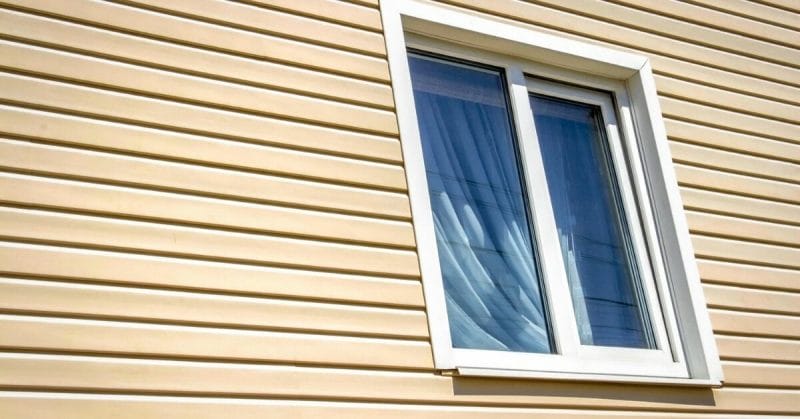What You Need To Know About Siding Repairs And Replacement
Siding is a layer of protection for your property that takes a beating from the weather every year, such as wind, rain, scorching sun, and bitter cold. Modern siding is built to last, but it will need to be repaired or replaced at some point. When the big day arrives, it’s critical to work with a seasoned contractor who knows what to expect. Here’s everything you need to learn about siding repairs and replacements.When Should You Get Your Siding Repaired or Replaced?
When your siding is reaching the end of its useful life, it will alert you in a variety of ways. If you’re considering new siding, look carefully at your home and search for evidence of damage, both up close and from afar. The following are some key indicators that it’s time for siding repair or replacement:- Chips, cracks, and dents are all possible. Chips, cracks, and dents are typical on the vinyl siding (but can occur on other types as well), and they can cause a lot more problems than they appear. Water can sneak below your siding through these weak points, causing more difficulties down the road.
- Blisters or bubbles are two terms that are used interchangeably. Bubbles and blisters are a frequent issue with older vinyl siding that occur when water gets trapped under the siding and evaporates during the warm months.
- Dry rot in wood siding. Moisture-damaged wood is especially vulnerable. When water penetrates under the siding, it causes mold to grow and the siding to decay from the inside out, resulting in dry rot.

Repair vs. Replacement
You certainly have a lot of concerns about whether you should repair or replace your siding. When it comes to siding, how long does it last? Is it possible to replace the siding? How do you tell when it’s time to cease making minor repairs and replace your entire siding system? Is it possible for you to do it on your own? Here are several things to keep in mind:
- Yes, siding repair is possible. In a sense, siding can be restored, although the repair is essentially just a small-scale replacement. When we say “siding repair,” we’re referring to replacing a tiny part of the siding rather than the entire siding.
- Take into account the degree of the damages. One rule of thumb you might learn is that if more than half of your siding has to be replaced, you should replace it entirely. This rule works most of the time, but keep in mind your finances, the age of your existing siding, and how long you plan to stay in your current home.
- Siding comes in a variety of styles. The type of siding you have may also influence whether you repair or replace it. Each variety has a distinct lifespan, maintenance requirements, and vulnerability to difficulties. Fiber cement siding, for example, lasts longer and is more water-resistant than vinyl siding.
- Replace siding with caution for the DIY. Only install siding yourself if you’re confident in your abilities. It’s preferable to hire a professional if you’re not sure what you’re doing or if you’re replacing more than a small area of vinyl siding. We also don’t recommend doing it yourself because fiber cement siding is prone to shattering if not handled properly.
- Get a professional opinion. If you concern about whether or not to repair or replace your siding, it’s a good idea to see a professional. Has your siding been assessed by a professional who can determine whether repair or replacement is the best option

Siding Replacement Timeline
If you’ve made the decision to have your siding changed, you should know what to expect in terms of a timeframe and how to prepare your home. Make sure you get an estimate from your contractor and that you understand what the workers will be doing, how long it will take, and how much will the siding repair cost.
It’s time to begin preparing when you’ve established a date for your new siding to be built (this may need to be flexible due to weather, and it may not be able to accomplish in a single day). Here’s how to prepare your home in the days leading up to the installation of new siding:
- Clear a path. Remove anything from your home’s exterior, cut your lawn, and prune your bushes so the worker can get to your siding quickly.
- Protect your valuables. We suggest removing photos, paintings, and other decorations from exterior walls to prevent them from falling.
- Keep clear. Take your automobile from the location where your workers will be working, and keep kids and dogs away from the place where they will be working.
To understand more about siding replacement and repair, contact 313-513-4908 now, and speak with our staff about the ultimate solution for your home in the Metropolitan area!
